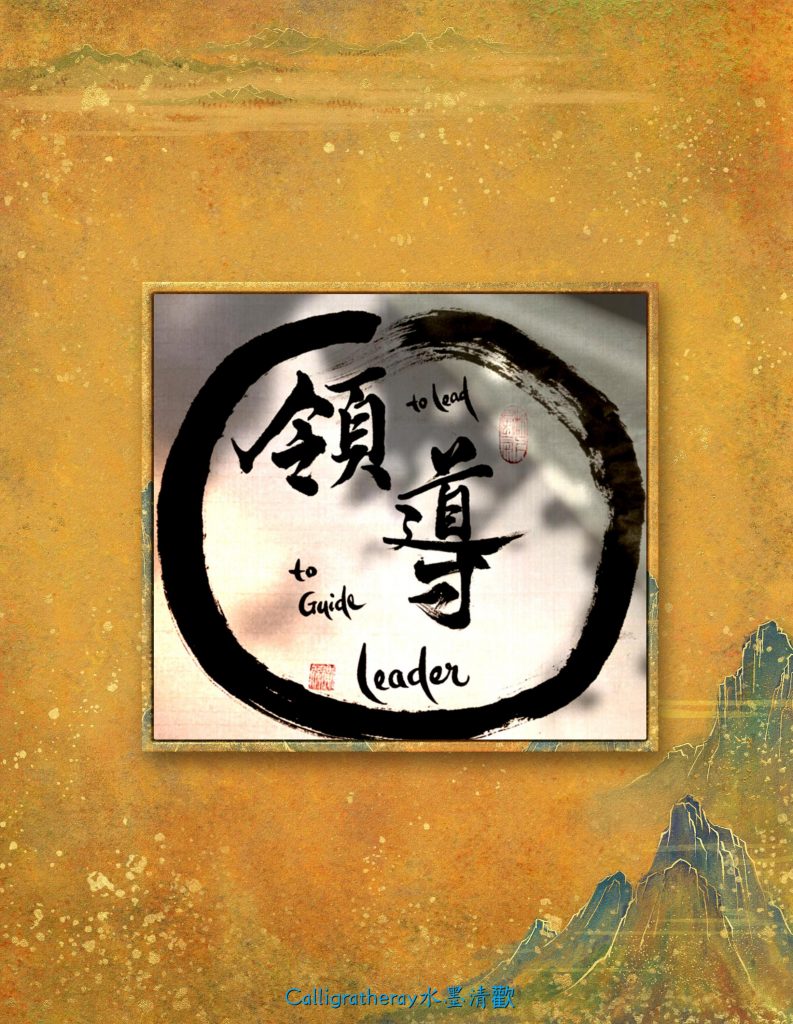
When you think about great leaders, who comes to mind? Impactful figures like Mahatma Gandhi and Martin Luther King Jr, Sanna Marin, Helen Clark or Jacinda Ardern might come to mind.
But defining what truly marks them as good leaders proves a bit more challenging. Was it simply their position that made them good leaders, or was it something more?
If you do a Google search of the question, “what is a leader?” you might get answers that include:
1. A leader is someone who inspires passion and motivation in followers.
2. A leader is someone with a vision and the path to realizing it.
3. A leader is someone who ensures their team has support and tools to achieve their goals.
A leader may be any of those things, but a good leader is all three. In Chinese“ leader” is written as 領導. Now, let’s explore what is behind these two Chinese character’s compositions.
The etymology of Chinese characters for “leader” (Lingdao領導) as seen above:
領: to lead
令(left) = to inspire, to lead, orders, and instructions. A leader is expected to give orders/instructions in an inspired way. 令 is pronounced as “ling” and it indicates how 領 sounds.
頁 (right) = page, paper, book. Orders and instructions shall be recorded in written format for people to follow.
導: to guide
道 (top) = Dao/vision, path/ way. A leader is someone with a vision and showing the path to realizing it. 道 is pronounced as “Dao” and it indicates how 導 sounds.
寸 (bottom) = inch, unit of length, approximately 3 cm. To ensure your team can follow your vision, a good leader will guide the team inch by inch following the path to achieve their goals.
The Chinese characters of 領導 enrich the meaning of leader with insight, image and sound work in tandem with one another, complementing and influencing one another.
The relationship between language and words is rather complex. The uniqueness of Chinese character writing means that there is substantial room for manoeuvre between Chinese characters and language in the interplay between visual and auditory thinking.
Exploring the meaning behind Chinese character’s compositions influences the way we think and it helps us to appreciate more what a good leader is.
Add 領導=LEADER activity to your next management meeting to inspire leadership discussion.
PS: Enso, also called Circle of Enlightenment, is a sacred symbol in ZenBuddism meaning circle of togetherness. It is traditionally drawn using only one brushstroke as a meditative practice in letting go of the mind, as the singular brushstroke allows for no modifications.

